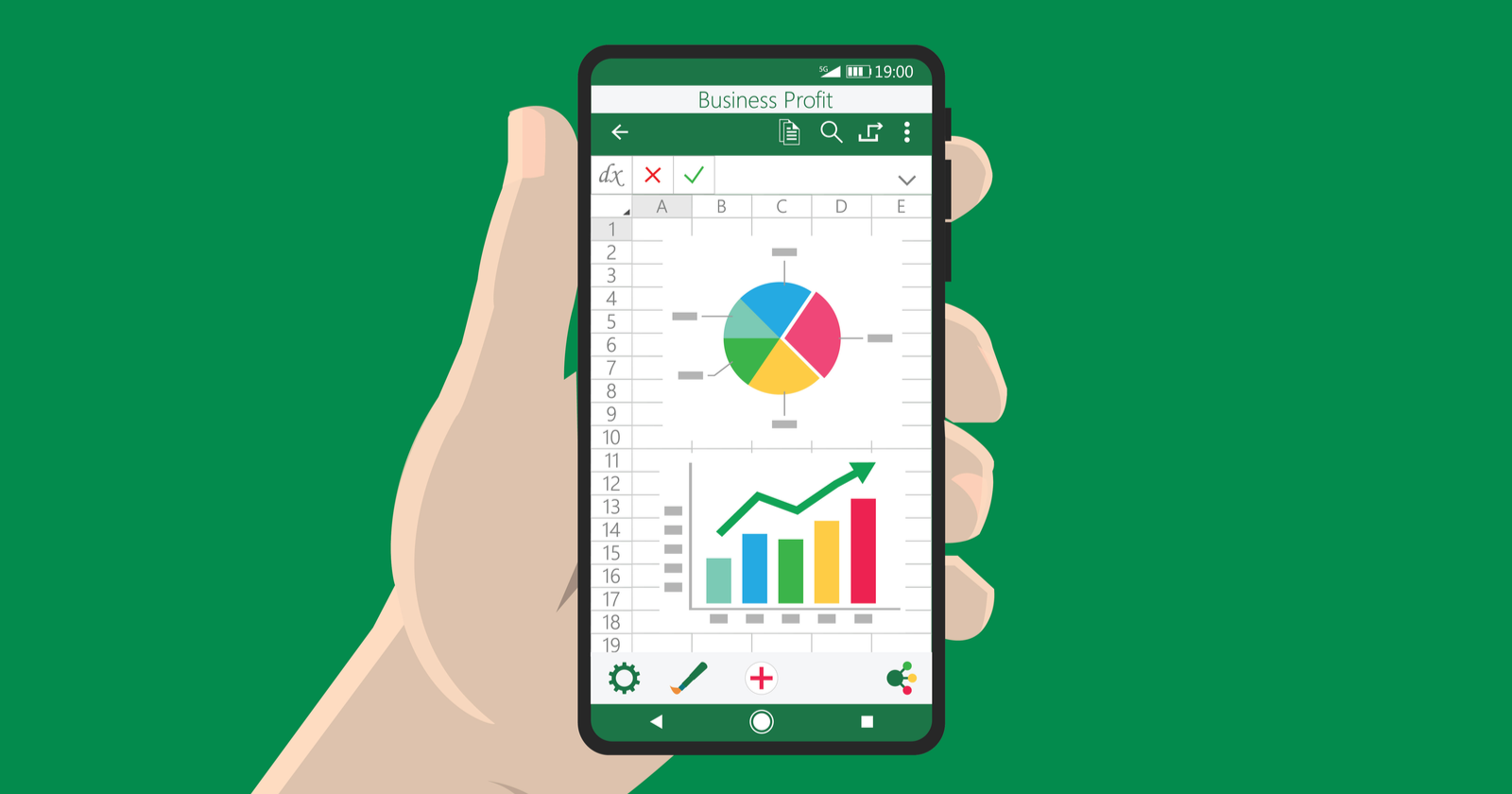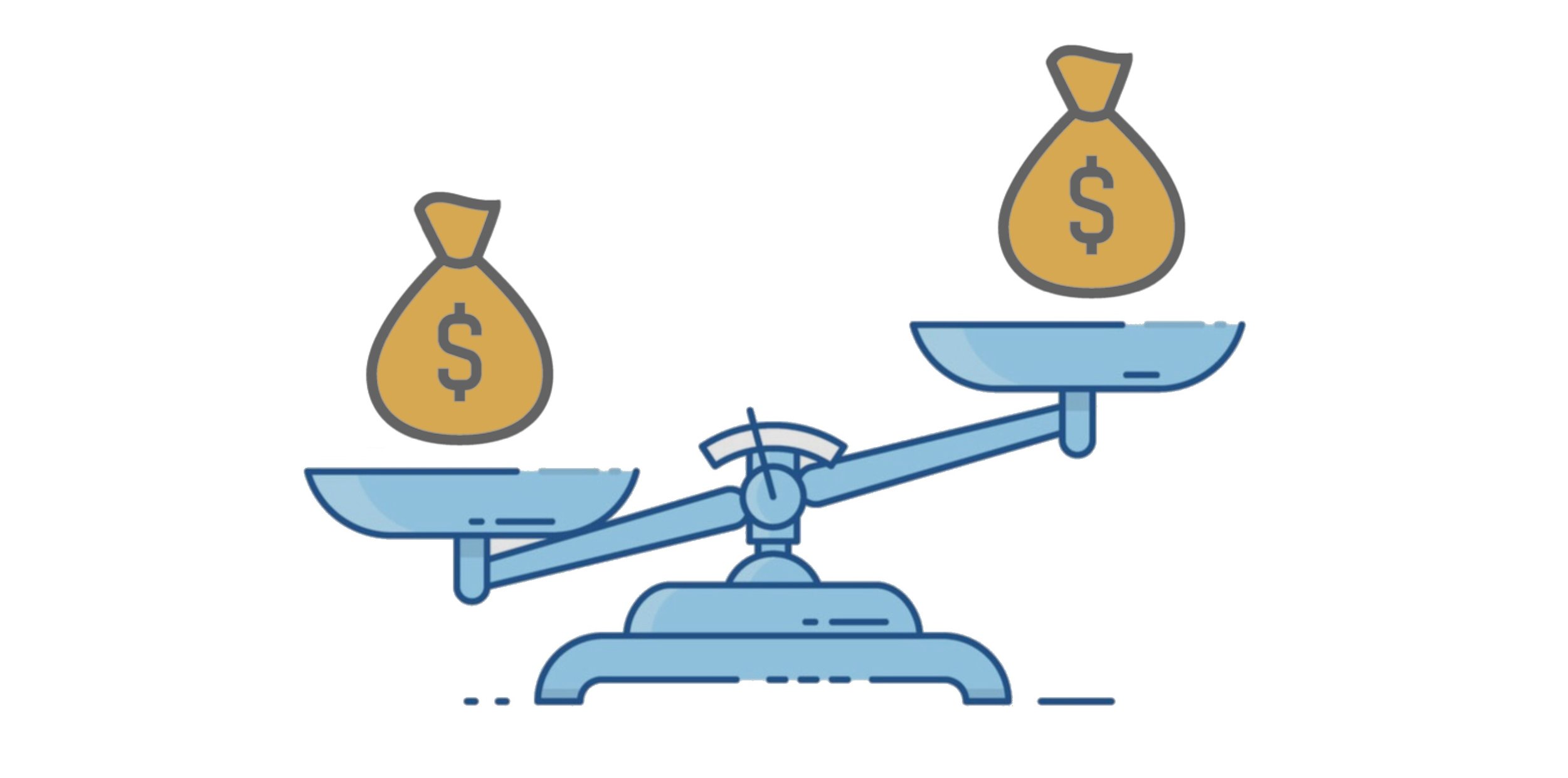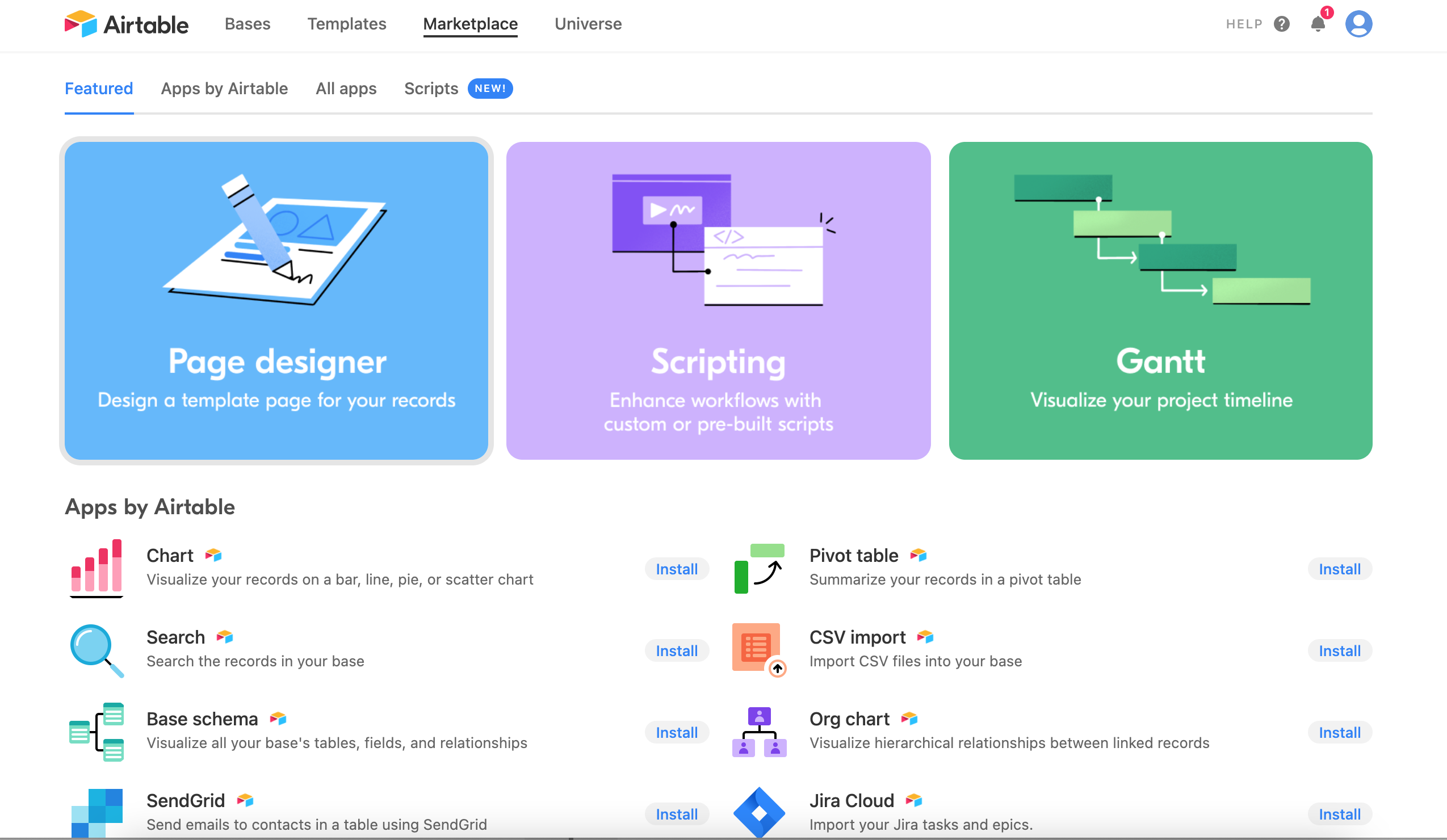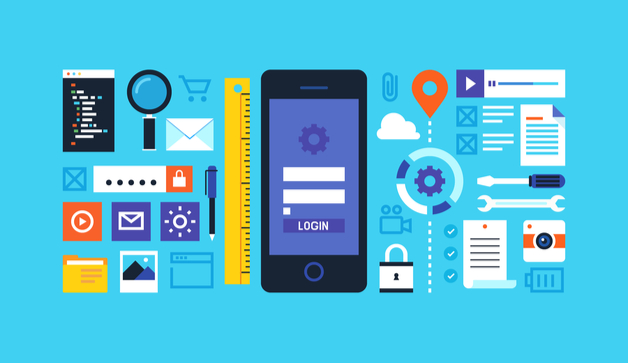Whether your company has a thousand employees or five, it is imperative that you keep organization as a top priority. From payroll to project management, fully remote to in-house work, using a spreadsheet tool carries a multitude of benefits, including logging taxes, creating charts, and predicting future performance.
In the world of online spreadsheets, there are two outliers; the massively-popular Google Sheets, and the upcoming contender Airtable.
Google Sheets is the gold standard in spreadsheet applications and is used all over the globe for its simple yet extremely practical layout and features. Airtable is a newer software, which takes a slightly different route than its partner by merging spreadsheet organization with data collection and storage.
Both cloud-based tools are great choices for small businesses and feature similar benefits such as collaboration options and data analysis. Google Sheets is the more popular option and has been around much longer, so its feature set is larger, but Airtable has some features to offer that make it a serious contender.
In this guide, we'll explore the key differences between Airtable and Google Sheets, as well as identify their automation potential with IFTTT.
Table of Contents
- Airtable vs. Google Sheets - Key Differences
- Cost Comparison
- Set-Up Comparison
- Feature Comparison
- Automation Comparison
- Airtable Automations
- Google Sheets Automations
- Airtable vs. Google Sheet - Which is Best for Your Small Team?
Airtable vs. Google Sheets - Key differences

While both Airtable and Google Sheets seem similar on the surface, there are significant differences between the two that might be important for small teams to consider.
One key difference when we compare Google Sheets to Airtable is that the latter offers a more flexible approach to managing, organizing and visualizing data.
Airtable is a database spreadsheet hybrid and a relational database that allows you to create tables to manage your data visually.
Unlike Google Sheets, Airtable provides an intuitive interface for customizing fields like checkboxes, dropdowns, and file attachments. You can use different views like kanban boards, grids, gantt charts, or calendars to better understand your data.
Another major difference is the ability of Airtable to integrate with various third-party apps. While Google Sheets may have some integrations, Airtable has vast integration capabilities, including Salesforce, Slack, and Zapier.
Google Sheets has its strengths over Airtable when it comes to small team projects. Google Sheets has an easier learning curve, which makes it easier to use, especially for small teams that do not have IT support or technical expertise.
Google Sheets also has sharing controls, which means that the team lead can limit access to the sheet depending on the team member's role, ensuring the security of their data.
Cost comparison

Google Sheets price
When it comes to a cost comparison, Google Sheets is free to use, but for business use, you may need to consider Google Workspace. The Business Starter plan is $6 per user per month and provides you with Gmail, Google Meet, as well as Google Sheets, Docs and Slides with access to 30GB of storage per user.
The Business Standard plan, which costs $12 per user per month, provides additional features such as access to 2TB of storage per user and advanced security controls.
Airtable price
Airtable provides various pricing models and features based on the business size and requirements. The free version offers a maximum of 1,200 records, limited features, and a maximum of two weeks of revision history.
The Plus plan costs $10 per user per month, with additional features such as custom branding, audit logs and additional features. The Pro plan, which costs $20 per user per month, provides advanced features such as blocks, time-tracking and synced tables.
In regards to both apps, small teams or budding entrepreneurs can get away with only using the free plan. However, to truly get the most out of both applications, it is recommended to try upgrading to a paid tier.
Set-up comparison

The set-up process for Google Sheets and Airtable differ significantly, but both are doable for those with a touch of tech-savvy.
Google Sheets Setup
Google Sheets is accessible through the Google Suite of apps, including Gmail and Google Drive. Users with a Google account can access the Google Sheets interface by logging in to their account and opening the app. This process is simple and straightforward, requiring no additional setup.
Airtable setup
Airtable, on the other hand, requires users to create an account and set up a new database or select an existing template to get started.
This process may seem complicated for users who are already familiar with Google Sheets. However, once you are past the initial setup process, Airtable provides a higher level of flexibility and customization options than Google Sheets.
Google Sheets is ideal for users who want to get started with a spreadsheet tool without any complications or additional setups. In contrast, Airtable users may have to spend more time learning the platform's functionalities and customization options.
Feature comparison

As a rule of thumb, consider Google Sheets as the simple, straight-to-business option, and Airtable as the more complex, versatile choice. Both apps give users the ability to create and customize spreadsheets, share said sheets, and help build charts and graphs.
Airtable features
- Advanced Customization Options
- Zapier and IFTTT Integrations
- Collection and Data Storage
- AI Created Briefs and Product Descriptions
Google Sheets features
- Simultaneous Collaboration
- Integration with Google Suite
- Advanced Formulas and Data Analysis
- Beginner-Friendly Functionality
Automation & integration comparison

Fortunately, no matter which app you choose, rest assured knowing there is a wealth of custom-built integrations at your fingertips, courtesy of IFTTT.
To get the greatest efficiency and functionality out of both tools, we urge you to give IFTTT a try. With our service, you can eliminate nearly all of the mundane, manual data entry of spreadsheet building, so you can focus on bigger and better things.
Plus, it will only take five minutes to automate Google Sheets or Airtable with IFTTT's no-code tools.
Popular Airtable automations & integrations
- Automatically log new Airtable records to a spreadsheet
- Sync new contacts to Airtable
- Create Airtable records from newly completed DocuSign envelopes
Browse all Airtable Applets
Popular Google Sheets automations & integrations
Log how much time you spend at specific locations like the office or home in a spreadsheet Log my card purchases to a spreadsheet Automatically back up new texts you receive on your Android device to a Google Spreadsheet
Browse all Google Sheets Applets
Airtable vs. Google Sheets - Which is best for your small team?

When choosing a business data tool, several main features need to be considered. These include usability, customization options, integrations, collaboration and sharing options, and pricing. Small teams need a data tool that is easy to use, customizable, integrates with other apps, and is affordable.
While Google Sheets is an excellent tool for small team collaboration, Airtable's advanced customization and automation features provide more flexibility for businesses.
Airtable's drag-and-drop interface, various view options, and custom field types make it easy for teams to manage and understand complex data. After dealing with the learning curve, users will be more equipped to gain insight into their data flows.
Additionally, Airtable integrates with over 200 other apps, including Slack, Trello, and Zapier, allowing for streamlined workflows.
IFTTT (If This Then That) is our helpful service that can make the decision between Airtable and Google Sheets easier, as it allows you to create automated workflows between the two apps.
With IFTTT, data entered into one app can be automatically transferred to the other app, saving time and increasing productivity. By using IFTTT, small teams can enjoy the benefits of both Google Sheets and Airtable.
Confidently manage and integrate business tools with IFTTT
Navigating the numerous business tools that a small team uses can be challenging. Different apps and services make it difficult to manage data and workflows, and can lead to lost productivity and miscommunication.
Fortunately, IFTTT (If This Then That) is a platform that can help manage and integrate these tools.
IFTTT provides a simple and easy-to-use interface that automates repetitive tasks and integrates various business tools. The platform is designed to allow different apps and services to work together seamlessly, allowing small teams to streamline their workflows and increase productivity.
With IFTTT, small teams can access over 600 apps and services, including Google Sheets, Airtable, Slack, Trello, and many more. By connecting these apps, small teams can automate data entry, share information across platforms, and manage their entire workflow.
Try IFTTT today!


